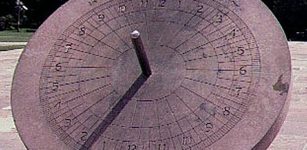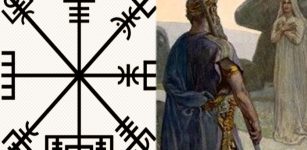On This Day In History: The Gregorian Calendar Implemented – On Oct 5, 1582
AncientPages.com - In Italy, Poland, Portugal, and Spain, the day of October 5, 1582, ceased to exist because of the implementation of the Gregorian calendar made by Pope Gregory XIII.
Pope Gregory XIII. Bartolomeo Passarotti (1529–1592) - Public Domain
For most of the world’s countries using the Julian calendar: Friday, October 5, 1582, was, however, a regular date.
The first of ten dates were skipped with the introduction of the Gregorian calendar in the four countries as mentioned earlier.
Thus, Thursday, October 4, 1582, was the last day the Julian calendar was used, and today’s date became Friday, October 15, 1582, in Italy and the Catholic countries under the pope’s decree.
Pope Gregory XIII introduced this historical and important change to realign the calendar with the equinoxes and the lunar cycles used to establish when to celebrate Easter. Many Protestant countries initially objected to adopting a Catholic implementation; some Protestants feared the new calendar was part of a plot to return them to the Catholic fold.
Britain, Ireland, and the British colonies, including those on the East coast of America, resisted this Popish change and used the Julian calendar for more than a century and a half until September 2, 1752.
The Gregorian calendar is solar. A regular Gregorian year consists of 365 days, but as in the Julian calendar, in a leap year, a leap day is added to February. In the Julian calendar, a leap year occurs every four years, but the Gregorian calendar omits three leap days every 400 years.
AncientPages.com
Expand for referencesReferences:





















